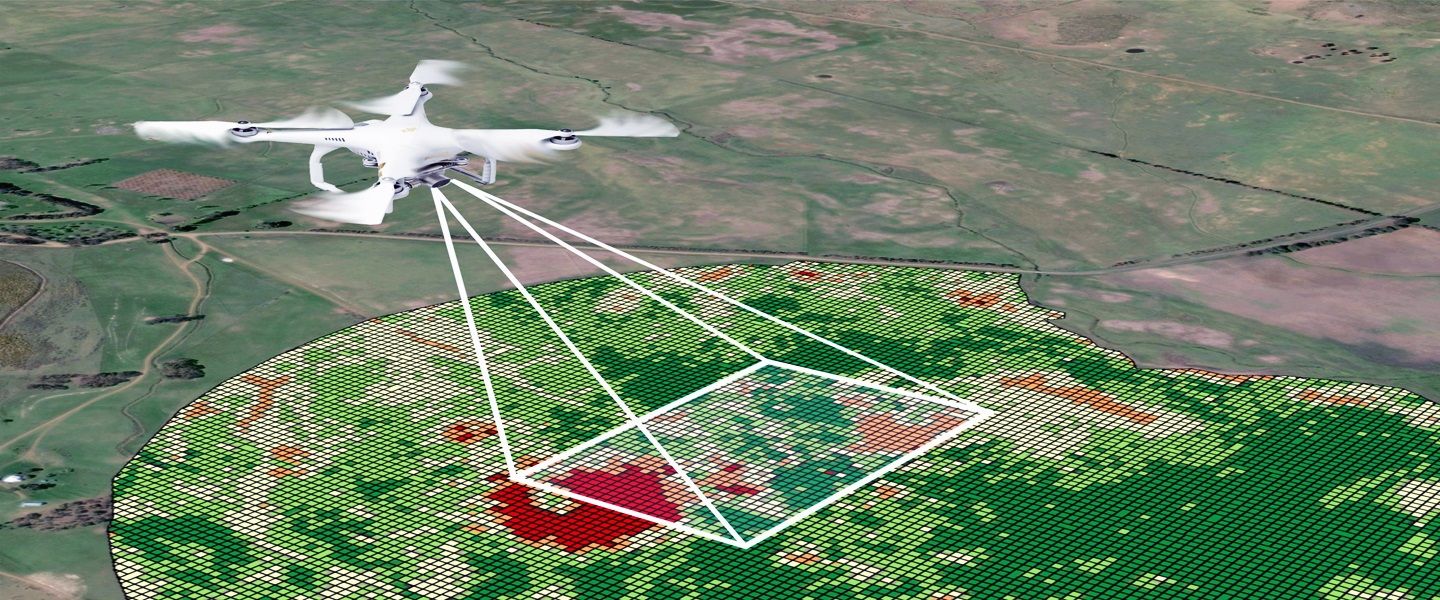Recently, the construction sector has witnessed a new technological renaissance, plus at the lead of this transformation is drone surveying. This innovative technique is redefining standard surveying methods, providing unparalleled accuracy and even efficiency that are quickly becoming essential within the fast-paced globe of construction. Simply by harnessing the power of airborne technology, construction pros can now collect critical data in addition to perform site examination in a fraction of the period it would usually take.
Even as delve in to the various techniques drone surveying will be revolutionizing construction, we'll explore the rewards it brings, by enhancing project administration to improving land surveys. This comprehensive overview will provide both industry old soldiers and newcomers together with the knowledge they have to understand the technological innovation behind drone surveying as well as applications across different sectors. Using drones proving to be an important device, it is very clear that their impact on the construction landscape is just just beginning.
Altering Construction with Drone Technology
The construction industry is usually undergoing a deep transformation with the particular integration of drone technology. Drones offer unparalleled efficiency inside surveying, permitting quick and precise info collection from different angles and altitudes. This capability substantially reduces time required for site tests, making it possible to complete tasks on schedule and even within budget. The particular use of drones helps construction clubs maintain a clear overview of project improvement, enhancing coordination in addition to decision-making across different phases of building.
Found in addition to velocity, drone surveying drastically improves accuracy. Standard surveying methods often involve extensive personnel and intricate measurements, leading to possible human errors. Drones furnished with advanced receptors and imaging solutions provide high-resolution cloudwoven imagery and accurate measurements that are really crucial for planning and executing construction projects. This large level of accuracy and reliability helps mitigate dangers associated with property surveys and guarantees that building programs align closely together with actual site situations.
Moreover, the incorporation involving drones into design workflows has significant economic implications. By simply streamlining surveying techniques, drones reduce toil costs and minimize the likelihood associated with costly mistakes. These types of savings can end up being particularly good for large-scale projects where also minor discrepancies may lead to significant setbacks. As the industry continue to be embrace drone technology, all of us can expect to be able to see a move toward more useful project management techniques, ultimately leading in order to smarter construction solutions that leverage typically the full potential involving aerial data.
Key Applications and Benefits regarding Drone Surveying
Drone surveying has emerged as a game-changer found in various industries, offering unique applications that enhance efficiency in addition to data accuracy. One of many uses of drones is in acquire surveys, where that they capture high-resolution cloudwoven imagery and produce precise topographical road directions. This innovation substantially reduces enough time needed for land tests and provides thorough insights for preparing and development. Moreover, drone surveying will be invaluable in structure project management, seeing that it permits real-time monitoring of site progress, making sure jobs stay on routine and within spending budget.
Some great benefits of using drones extend beyond speed and precision; they in addition lead to improved protection on construction web sites. Traditional surveying procedures often require staff to traverse hazardous terrain or operate in challenging environments. Drones eliminate typically the need for personnel to physically access these risky areas, dramatically reducing the potential for accidents and injuries. Moreover, the capability to quickly conduct aerial inspections enables teams to identify issues early, permitting regular interventions that could avoid costly delays.
Another considerable advantage of drone surveying is their scalability and cost-effectiveness. Drones can protect large areas in the fraction of the time it would have traditional surveying clubs, leading to lowered labor costs plus quicker project transformation. Companies can influence drone technology for various applications, like environmental monitoring plus infrastructure inspections, which makes it a versatile application for the range of industries. As drone surveying technology continues to evolve, it is applications will expand, unlocking new efficiencies and innovative alternatives for construction tasks and beyond.
Future Styles in Drone Surveying
While technology continues to be able to advance, drone surveying is expected to become a lot more efficient and accessible. The particular integration of synthetic intelligence and device learning into drone operations will enable automated data research and real-time processing capabilities. This move will allow surveyors to focus more on decision-making and planning rather than in time-consuming data collection and interpretation operations. Additionally, innovations inside drone hardware, for instance improved battery living and payload sizes, will enhance the capabilities of drones in surveying programs.

An additional significant trend will be the increasing utilization of drones for environment monitoring and sustainability efforts. With Drone Surveying Gloucestershire growing awareness regarding climate change plus the need regarding responsible land supervision, drones equipped together with advanced sensors can play an essential role in tracking ecosystems, assessing ecological impacts, and assisting conservation efforts. This kind of will not just enhance the accuracy involving environmental assessments but additionally support the building industry in sticking to regulatory specifications and reducing it is ecological footprint.
Collaboration in between companies inside the structure and drone technologies sectors will likely foster new applications and services. Partnerships that will leverage drone surveying alongside other systems, such as geographic information systems (GIS) and augmented fact (AR), will offer integrated solutions with regard to project management and even development. As these kinds of collaborations expand, that they will drive development, streamline workflows, in addition to ultimately enhance the efficiency of construction projects, reaffirming typically the indispensable role involving drone surveying within the future of the industry.
